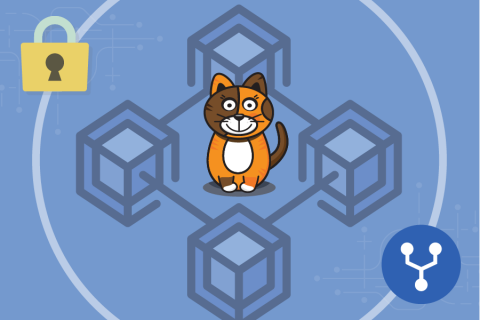From Good to Great - Building on ICS Security Basics
Most industrial organizations are behind the curve when it comes to cybersecurity, facing mounting complexities like the IIoT, the skills gap and the IT/OT divide. But what about industrial organizations that are already taking steps in the right direction and need to know what awaits them on the horizon? What practical next steps can your organization take to optimize your current ICS cybersecurity program?









